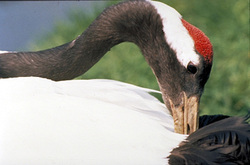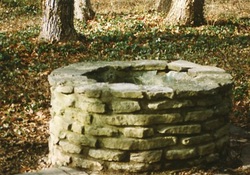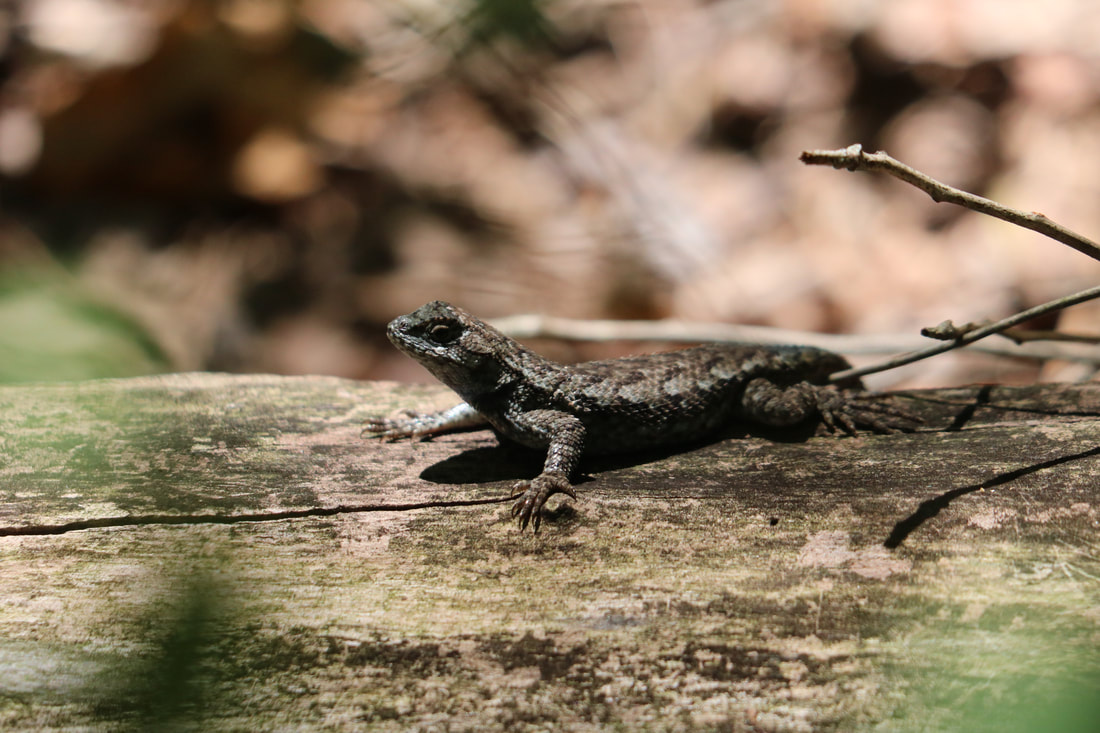
The warm sunny day called me to the Brainerd levee, one of my favorite nature observation spots. It was well after 4:00 in the afternoon when I arrived and walked to the pond enclosed by a bend in the structure.
Absence was a notable feature this day. I saw few of the perching birds that normally dominate the skyline. No large flocks of American Robins or Cedar Waxwings filled the trees. One or two cardinals and a pair of Mockingbirds filled out the population, along with four European Starlings, strangely different from the huge winter flocks that often congregate on the driving range across the road.
As I reached the second bend, I was pleased to see large growths of mistletoe on the trees across South Chickamauga Creek, but the heron nests were gone. I remember one March day seeing a number of them sitting on nest. A Great Horned Owl with two chicks occupied one heron nest which it had claimed early that year. Neither Great Blue Herons nor Great Horned Owls graced the opposite shore on this day. The Great Horned Owl had surely nested elsewhere. She would normally lay her eggs in January.
Although open water was not totally absent, is was scarce. Ice covered most of the pond. In the open water on the far side I saw a flock of Northern Shovelers swim toward the shore in single file. Further on, two female ducks patrolled the icy water. A small group of Gadwall, two males and two females patrolled the open water near the shrubs. I am surprised these shrubs continue to grow, their roots in water soaked mud.
A flock of Green Winged Teal claimed the larger opening further down the shoreline. Though I saw no killdeer, four shorebirds worked the shoreline.
As I walked back to the parking lot and my truck, I noticed a small flock of Canada Geese crossing the sky over the levee. When I heard them call from behind me and turned to watch. Flock after flock followed. I would number them at 200 or so.
Starlings perch on cold branch
Ducks and geese patrol the levee
Depart when ice comes






 RSS Feed
RSS Feed